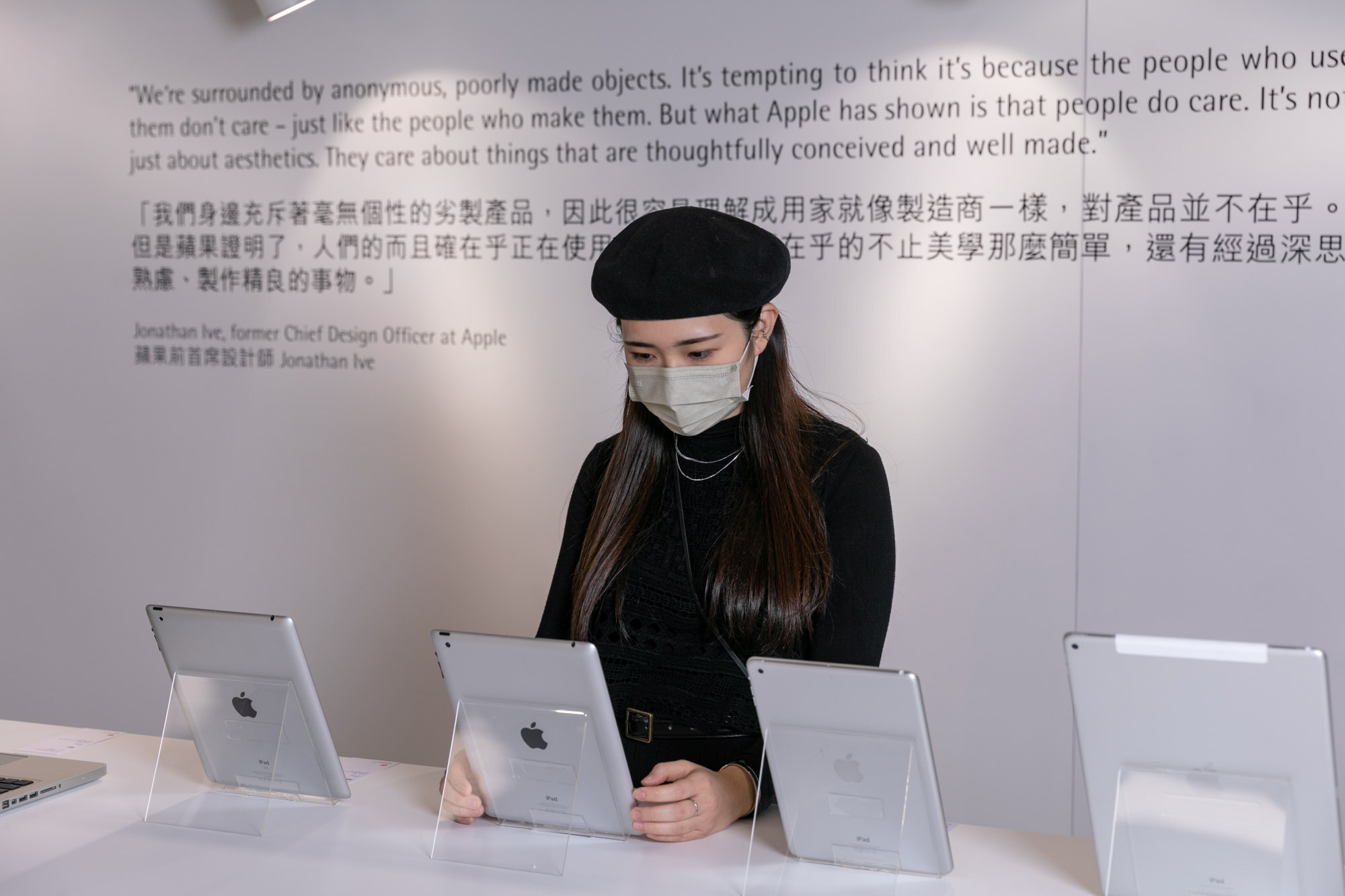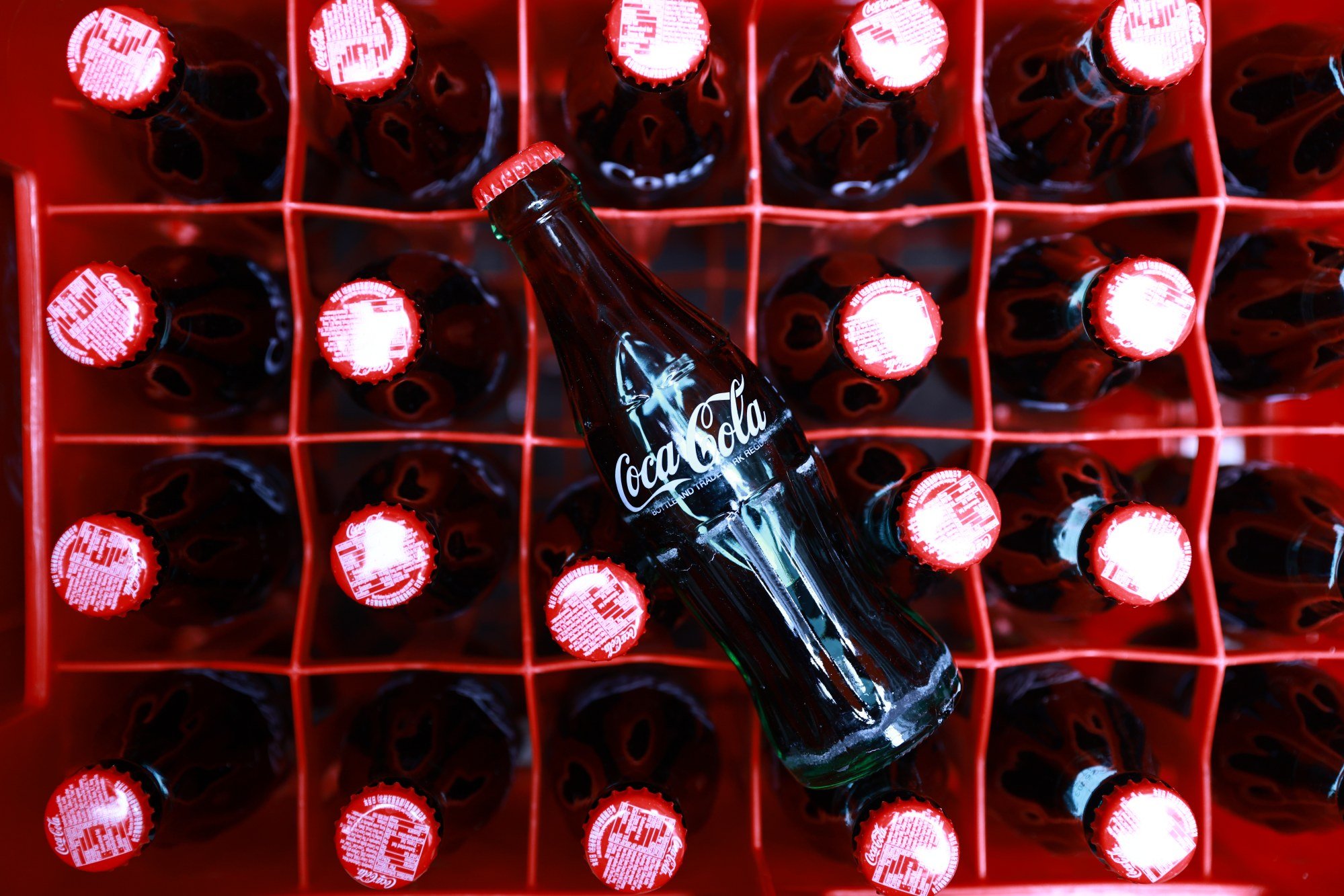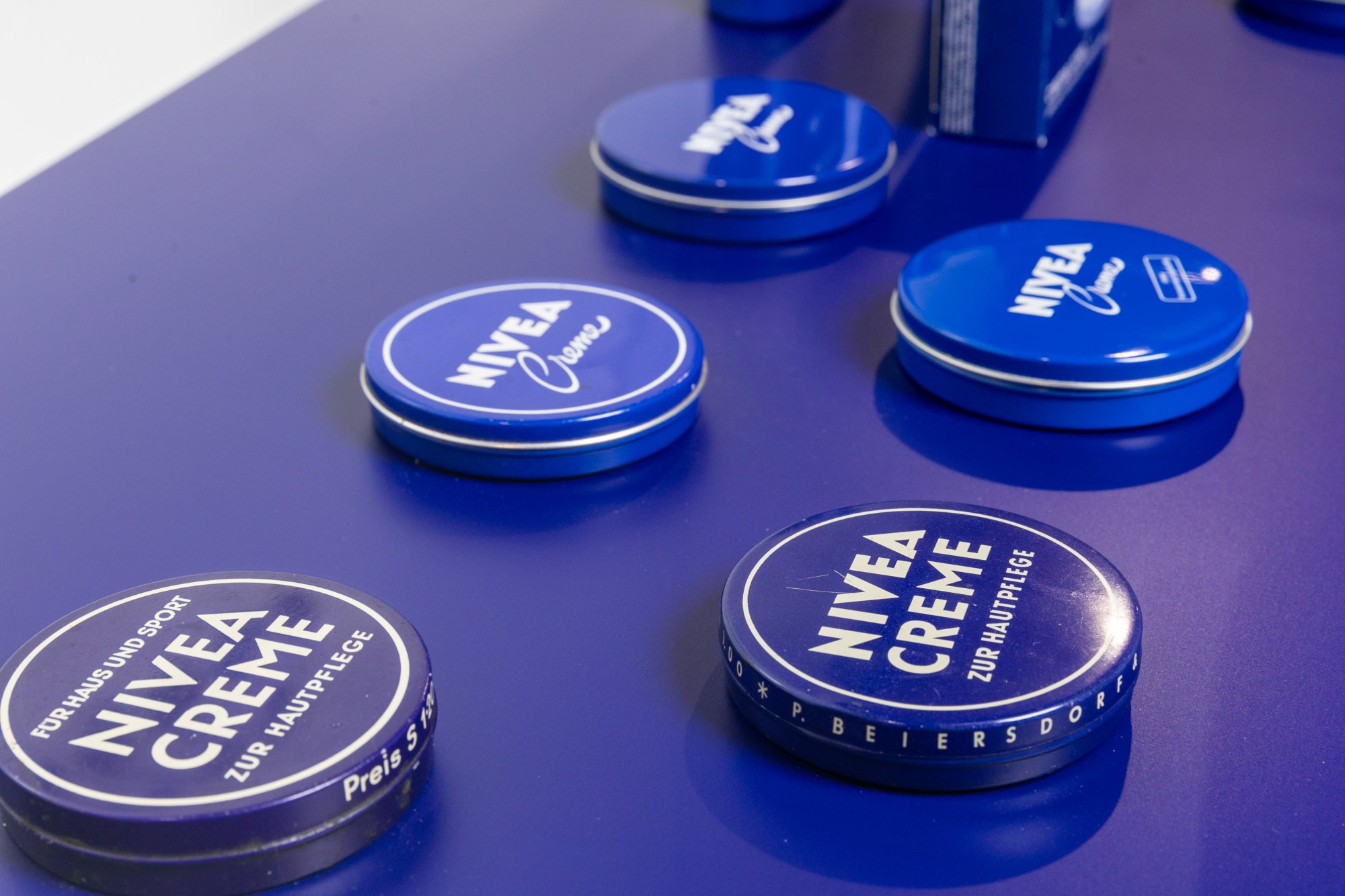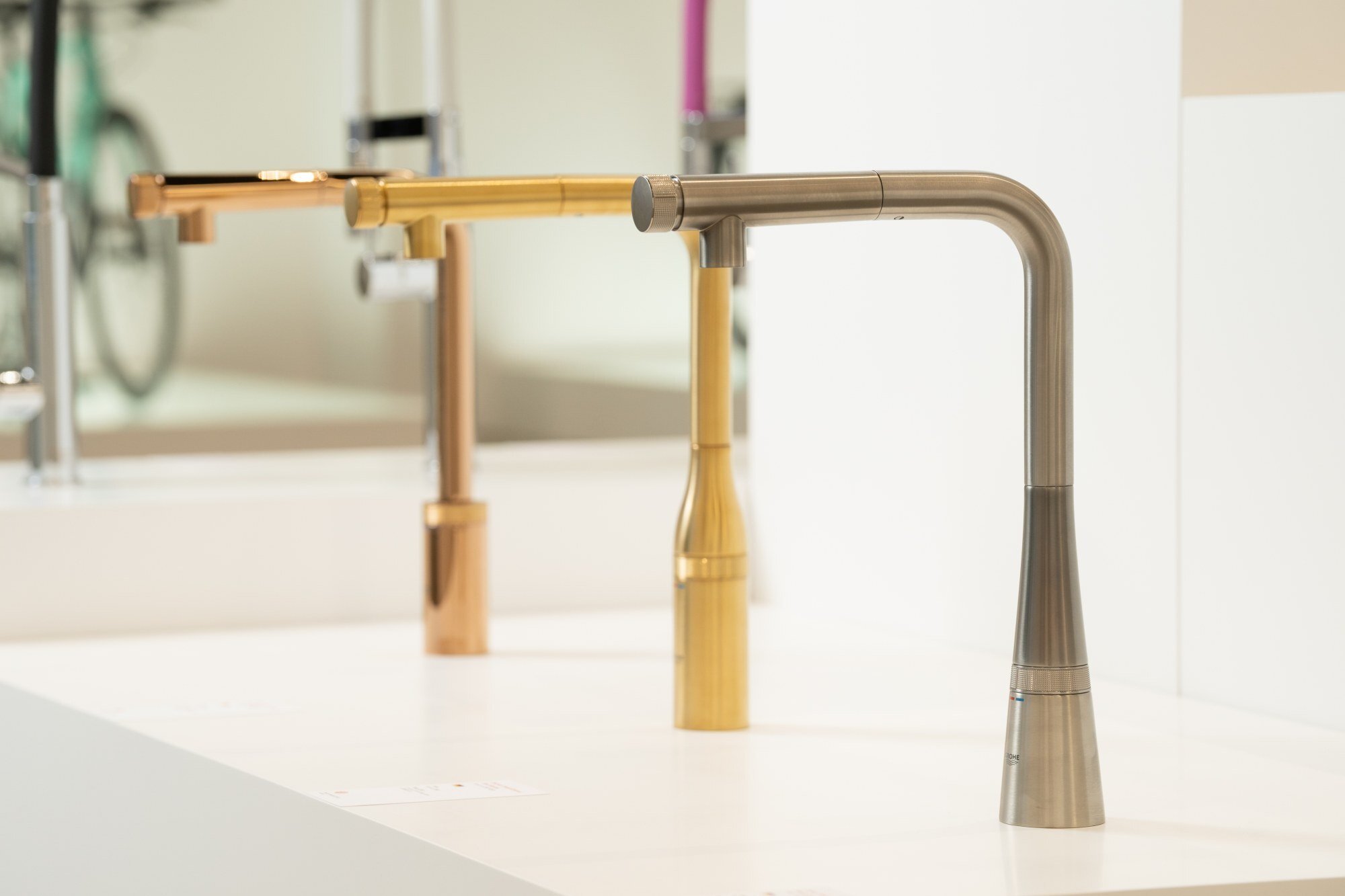
The importance of good design, from the Eames chair to Apple’s iPhone, on display in Red Dot Institute’s Hong Kong show
- ‘Red Dot Exhibition: The Essence of Design – Creating Value’ showcases the importance of good design, which ‘should be as simple as possible’, says Peter Zec
- The Red Dot Institute founder says designs that stand the test of time ‘are not fancy, but very simple’ – the Coca-Cola bottle, the Eames chair, Apple’s iPhone
What can a brand do to gain market share when competing with dozens of similar products? Answer: think like Coca-Cola.
The resulting contour form – inspired by the cocoa bean – became one of the icons of 20th century design.
The Coke bottle is one of the classics featured, alongside the works of emerging local talent, in the Hong Kong Design Institute (HKDI) and Hong Kong Institute of Vocational Education (IVE)’s first exhibition for 2022, “Red Dot Exhibition: The Essence of Design – Creating Value”.

Conceived in collaboration with Red Dot Institute, the research organisation affiliated with the design industry’s prestigious Red Dot Design Award, the exhibition showcases the importance of good design, and how it affects not only the aesthetic, cultural and social aspects of a company’s offering, but also its profitability.
While we need as much technology as necessary, he says, good design “should be as simple as possible”. “I think designers are doing well if they try to make our life better by creating easy-to-use products,” he says.
Speaking from Germany, Zec explains what he calls “the magic of simplicity”.
“When you go through the history of design you will see all those successful products that still remain today are not fancy, but very simple,” he says. “The product should be seductive to use so that we would like it and want it for a lifetime.”

For example?
“I’m sitting here in my office chair designed by Ray & Charles Eames in 1956, and this chair is perfect,” Zec continues. “You still see this chair all around us today. It is so simple, and easy to produce.”
Another all-time personal favourite is his Tizio desk lamp by Richard Sapper, a design first created in 1972 for Italian manufacturer Artemide.

Both of these classics met a need of their time: designed for comfort, the Eames Lounge Chair is one of the early examples of ergonomics in the workplace; while Sapper’s Tizio lamp, with its long swivel arm, solved the problem of directing task lighting on a messy desk, without having to move any of the clutter.
“Design is not just related to technological advancement but also to developments and events in society,” he says. “That means of course that the pandemic will have an impact, but not in terms of furniture – it will likely take the form of touchless surfaces, remote controls, and medical equipment inventions.
“This new kind of (post-pandemic) life will affect design, and designers will reflect that.”

In judging international design awards, standards are global, Zec points out. There is no difference between Chinese and Western products because everybody has to meet certain criteria.
“But when it comes to our daily lives – furniture or interior design – I’d say China is on its way to developing its own style, and Chinese designers are trying to be different in this way,” he says.

The HKDI exhibits are grouped into sections that highlight an essential aspect in successful design, such as the Value of Form (the Coca-Cola bottle being one example), and the Value of Colour, as shown by Nivea’s adherence to same blue packaging for more than a century, despite changes to the logo and brand identity of its skin care range.
Highlighting local talent is work by HKDI graduates who have won the Red Dot Best of the Best Award: Design Concept. These are Yuen Sek, a set of modern Chinese tableware designed by Alvin Liu Shing-kai, and Tri Cane, a mobility aid by Jordan Lau Tsz-chun.

For every designer and company, Becoming a Bestseller is surely a nut all would like to crack. This category of the exhibition reflects on the history of design, and how products such as the Sony Walkman have changed people’s lives through groundbreaking yet simple design.
What’s the secret?
Take Apple, offers Zec. The tech behemoth, the most valuable brand in the world in 2021 with an estimated worth of about US$263.4 billion, didn’t invent the smartphone – it just made it easier to use. The iPhone’s finger-friendly tap screen was genius; never mind that it cost a bomb compared to others on the market.

In a business sense, says Zec, that exemplifies the true value of design.
“If people will line up to buy your product, regardless of the price,” he says, “then you know you have a bestseller.”
“Red Dot Exhibition: The Essence of Design – Creating Value” runs until April 10 2022 online, and may be viewed in person until that time as soon as pandemic-related restrictions are lifted, at d-mart, Hong Kong Design Institute, 3 King Ling Road, Tseung Kwan O, New Territories. Tel: 3928 2000.

